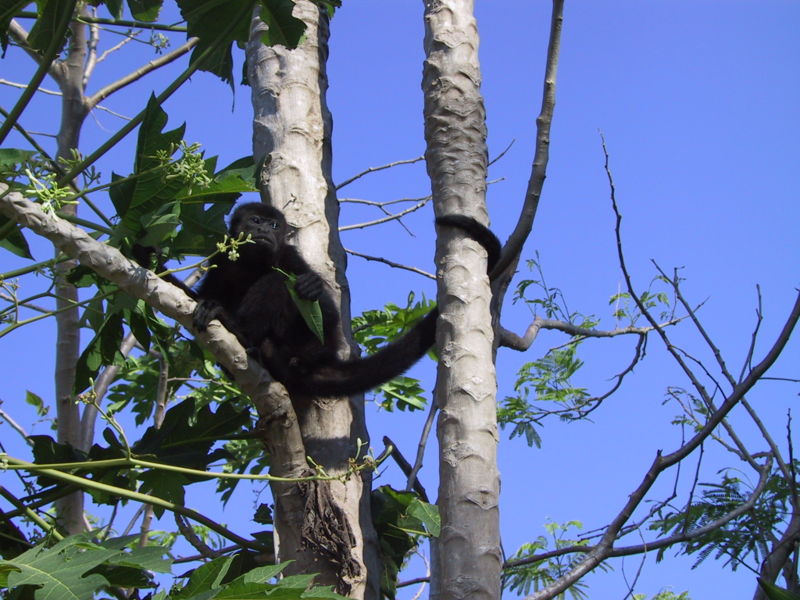
Well, we ended last week with a turtle species (remember, the Bog Turtle?) and we are going to start this fine week with another turtle. A friend of mine from the Great White North recommended I write about the “Stomping Turtle”. Since I like this friend, I figured I would take his recommendation. So Wild Fact #535 will be all about the Wood Turtle, which is also referred to as the “Stomping Turtle” for reasons we will learn about shortly (but I am sure you can guess why it gets this name). The Wood Turtle is only found in North America so it looks like our readers across the pond will need to take a road trip for today’s fact.
Okay, so let’s start off with the most interesting behaviour of this reptile (well, it is the most interesting in my opinion). Of course, I am talking about their desire to stomp and dance around. No, the Wood Turtle isn’t just grooving to some cool beats, they actually use their stomping to find dinner. How, you ask? Well, when utilizing the stomping strategy the Wood Turtle will take a few steps forward and alternate stomps between each front foot. They typically stomp at a rate of about 1 stomp per second, which is a pretty quick rate. The vibrations created from this dance-like behaviour causes any earthworms in the area to come to the surface.
Obviously, this is a mistake on the earthworms part since once they surface the Wood Turtle will quickly consume them. So why do the vibrations cause the worms to come to the surface? Excellent question! It is believed that the turtles stomping imitates a similar vibration caused by the rain, and we all that the Earthworm likes the rain. And to think that I always used flashlights to find worms for fishing – Apparently, I should have been dancing around in my backyard instead.

It appears that the Wood Turtle has an itch to travel as they have been known to walk long distances throughout the day. In fact, on average, they will travel about 108 m (354′) in a day. Now this might not sound like much to us but for a turtle that walks at speeds of 0.32 km/hr (0.20 mph), that is a lot of walking. Apparently, Wood Turtles also have a great sense of direction and are able to find their way back home quite easily. One study displaced a male turtle about 2.4 km (1.5 miles) away from its home and within 5 weeks the turtle was back where he originally started. I don’t know how they do it, but I could definitely learn a thing or two from them since I get lost in the mall all the time.
Would you look at that, it appears our first Wild Fact of the week is done already. I hope you enjoyed learning about our stomping friend and I will see you back here tomorrow for a new animal. Enjoy the rest of your day!






